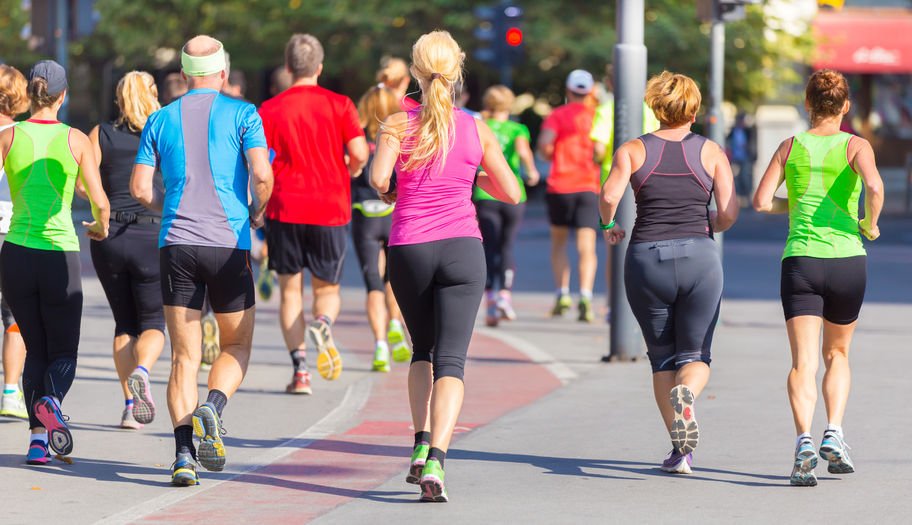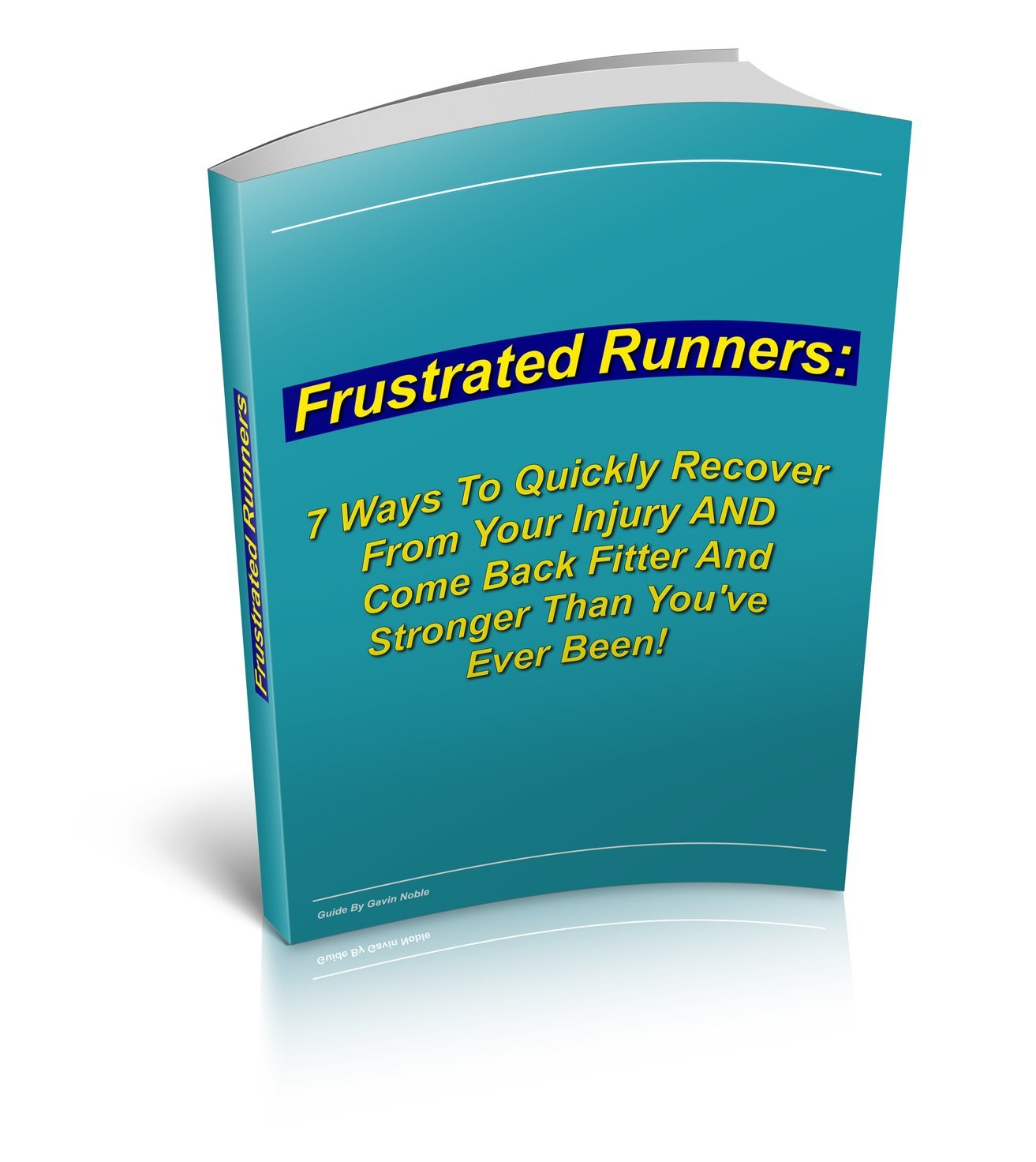Common Running Injuries
Find out about running injuries and what you can do for them
Running is a great way to stay in shape, manage stress, and increase your overall well-being. However, it’s not without its drawbacks. While being a low-risk activity, there are a few injuries that commonly affect runners. As running is a repetitive impact activity, most running injuries develop slowly and can be challenging to treat.
We see people with running injuries every week in the clinic. Lisburn is such a vibrant place for runners, with weekly park run, athletics clubs, running clubs and triathlon clubs. There’s a lot of runners in Lisburn, and we love to see so many people out there enjoying themselves, working hard to stay healthy and fit. Keep up the good work people of Lisburn. When people do get injured, we are always aiming to get them back to running as quickly as possible.
If you have a running injury then you might just get some important information on how to help yourself from our special runners report. You can find it HERE.
Now, continue reading to find out about the common running injuries.
Here are three of the most common conditions faced by runners.
1. Runner’s Knee:
Runners’ knee is a persistent pain on the inside of the knee caused by the dysfunctional movement of the kneecap during movement. The kneecap sits in a small groove at the centre of the knee and glides smoothly up and down as the knee bends and straightens. If something causes the kneecap to move abnormally, the surface underneath can become damaged, irritated, and painful. The pain might be mild to start with; however, left untreated, runner’s knee can make running too painful to continue. Find out more about runners knee here.
2. Shin Splints:
Shin splints is a common condition characterised by a recurring pain at the inside of the shin. While the cause of this condition is not always clear, it is usually due to repeated stress where the calf muscles attach to the tibia (shin bone). Why this becomes painful is
likely due to a combination of factors that can be identified by your physiotherapist to help you get back on track as soon as possible.
3. Achilles Tendonitis:
The Achilles tendon is the thick tendon at the back of the ankle that attaches to the calf muscles. The amount of force that this tendon can absorb is impressive. It is vital in providing the propulsive force needed for running. If the stresses placed on the tendon
exceed its strength, the tissues begin to breakdown and become painful.
Treatment is focussed on helping the healthy tendon tissues to strengthen and adapt to new forces while allowing the damaged tissue to heal and regenerate.
You can read more about Achilles tendinitis HERE.
None of the information in this blog is a replacement for proper medical advice. Always see a medical professional for advice on your injury.
If you need any further information about knee pain then please click here, or call us on 028 92666959, or email info@gavnoble.com
Also, feel free to click here if you would like our FREE Runners report.

